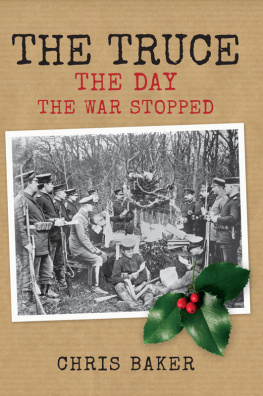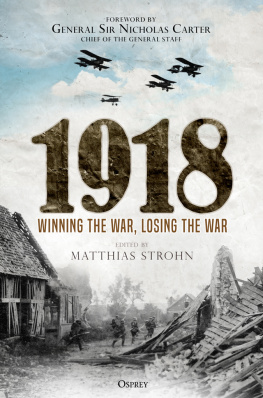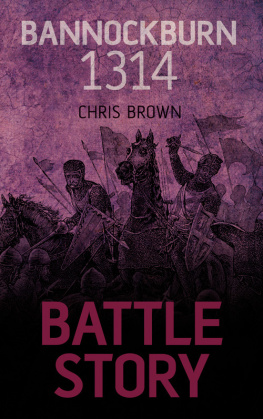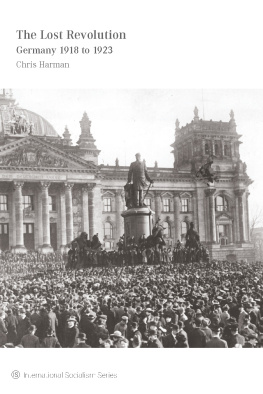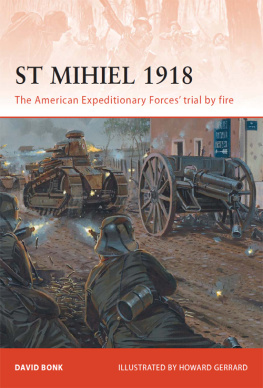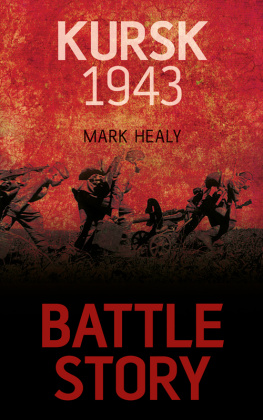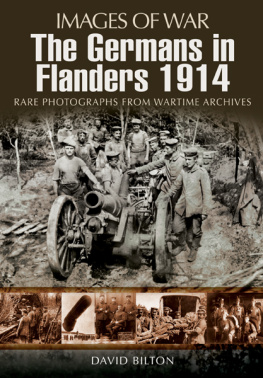First published in Great Britain in 2011 by
PEN & SWORD MILITARY
An imprint of
Pen & Sword Books Ltd
47 Church Street
Barnsley
South Yorkshire
S70 2AS
Copyright Christopher Frank Baker, 2011
ISBN 978-1-84884-298-4
eISBN 978-1-84468-592-9
PRC ISBN 978-1-84468-593-6
The right of Christopher Frank Baker to be identified as the author of this work has
been asserted by him in accordance with the Copyright, Designs and Patents Act 1988.
A CIP catalogue record for this book is
available from the British Library.
All rights reserved. No part of this book may be reproduced or transmitted in
any form or by any means, electronic or mechanical including photocopying, recording
or by any information storage and retrieval system, without
permission from the Publisher in writing.
Typeset by Concept, Huddersfield, West Yorkshire
Printed and bound in England by CPI UK
Pen & Sword Books Ltd incorporates the Imprints of Pen & Sword Aviation,
Pen & Sword Maritime, Pen & Sword Military, Wharncliffe Local History,
Pen & Sword Select, Pen & Sword Military Classics, Leo Cooper, Remember When,
Seaforth Publishing and Frontline Publishing
For a complete list of Pen & Sword titles please contact
PEN & SWORD BOOKS LIMITED
47 Church Street, Barnsley, South Yorkshire, S70 2AS, England
E-mail:
Website: www.pen-and-sword.co.uk
List of Plates
General von Quast, commanding the German Army in the area, with his Chief of Staff Lieutenant-Colonel von Lentz.
A squad of stosstruppen in Flanders.
Portuguese officers relax during the early weeks in France, before morale collapsed.
Portuguese on the Lys: on the right is Jos Maria de Sousa Dias Goulao, a veterinary officer who survived the battle.
Officers and men of 1/7 King's (Liverpool Regiment) in the line at Givenchy; their training played a large part in the successful defence.
Men of 51 Division in a shell hole near Locon which they have made into a rifle pit.
Portuguese prisoners giving up their gas masks.
Two heavy German guns being drawn along the road by tractors.
Private A. Smith, an 18th Battalion AIF Headquarters' observer, scans enemy territory from the camouflaged position of Ida Post in the Ploegsteert Sector in Belgium. While the picture was being taken, two Germans could be seen less than 400 yards away. Ida Post was typical of the forward positions on the Messines Ridge.
German troops halted in the Place de la Republique at Armentires.
Walking wounded coming back near Merris, 12 April 1918.
Men of 2/7 Royal Warwickshires rescuing a bed-ridden old man in Robecq on 12 April 1918.
A Composite Battalion (including men of the Wiltshires, Royal Warwickshires, Northumberland Fusiliers and others) resting by a roadside at Strazeele, 12 April 1918.
Captain Joseph MacSwiney of the Liverpool Scottish, who led the recapture of Route A Keep.
French reinforcements passing through Caestre, 13 April 1918.
A 6-inch howitzer in action at a farm near Strazeele, 13 April 1918.
A German signal station established at Mont de l'Hospice, just outside Locre.
Lieutenant Archibald Gordon MacGregor RE, who halted a retirement at Siege Farm.
Elbow Farm, scene of the dawn raid by 20 Middlesex thwarted by the German attack. On the horizon is the dominating height of Kemmelberg.
The River Lawe at Locon today. View looking south.
Second Lieutenants Collin and Schofield, awarded the Victoria Cross for their actions at Givenchy on 9 April, are both buried at Vieille Chapelle Military Cemetery.
The battlefield near Festubert and Route A Keep: peaceful once again.
The Portuguese memorial in La Couture.
The River Lys at La Gorgue, looking west towards Merville and the area defended by 50 (Northumbrian) Division.
The German military cemetery at Sailly sur la Lys, close to their first bridgehead over the river at Bac St Maur.
Aval Wood, last resting-place of many who took part in the fighting around Caudescure.
On the Hogenacker Ridge, looking north towards Meteren. This important high ground was defended by the gunners of 33 Machine Gun Battalion and the infantry of 19 Brigade.
Memorial to 25 Division in the rebuilt town of Bailleul.
Once the Germans had reached this summit of the Ravelsberg they had perfect observation, making the continued occupation of Bailleul untenable.
From the Ravelsberg, the importance of the Flemish hills becomes clear. Kemmelberg is the summit on the right.
From Brulooze crossroads looking north to the wooded height of the Scherpenberg. Along this road the Alpine Corps advanced, but the Germans were eventually brought to a halt, marking an end to the Battles of the Lys.
The French army memorial on the summit of Kemmelberg.
Still remembered. A photograph left at the grave of Second Lieutenant George Rumball MC at Outtersteene Communal Cemetery Extension in 2009, perhaps by a member of George's family.
Introduction
My journey began in the mid-1980s. I had developed a growing interest in the British Army of the First World War and, as many people do, became immersed in books about the Somme and Ypres. Chatting to an acquaintance at work led to him bringing some family papers to show me. I did what I could in those pre-internet days to research the soldier they described, and it took me into territory completely unknown. The documents were about the death of 18-year-old Alfred Follows, lost for ever on the Lys on 12 April 1918. His story troubled me, especially when I discovered how many comrades from his battalion had died on that day and how few had known graves. Why was a lad from the Black Country of the Midlands in a unit that I recognised as the Barnsley Pals? What was going on near Doulieu that day? Where was Doulieu anyway? I decided to look more deeply into what had happened; I had never heard of the battle before and while it was not too far from Ypres the place-names were unfamiliar to me. Alfred Follows led me to the Lys.
On one of my first trips to see the Ypres battlefields for myself, a second set of questions entered my head. Working my way south down the rolling and attractive countryside of the Messines Ridge and on to Ploegsteert, I went on a detour to Kemmelberg. The familiar white stones and memorials of the British cemeteries dotted the entire area. On ascending the hill all I intended to do was to take in the view, which I already appreciated was of such strategic importance in this region, back across Messines to the towers of the Ypres Cloth Hall. Just over the summit, as the hill begins to fall away to the west in what I still then regarded as a rear area I came to an imposing French memorial, and further down the slope an ossuary containing the remains of more than 5,200 soldiers of France, of whom fewer than 60 are identified. They too fell in April 1918. What were they doing there and why were so many unidentified?
I still do not understand why this desperate fight in Flanders, later officially recognised as the Battles of the Lys, has received relatively little coverage. It is as important to the story of Ypres as any, yet in reading most histories of that terrible salient one could be forgiven for thinking that the fighting here ended when the Canadians slogged up the last yards to Passchendaele in early November 1917. The German attack on the Lys cost tens of thousands of military and civilian lives, caused panic and retreat, and came close to victory. Had the Germans pressed on just a little more, and the key railway junctions at Hazebrouck or the Poperinghe road had fallen into their hands, the British and Belgian forces holding Ypres and the line of the Yser would have been seriously endangered and potentially cut off. As it was, German pressure on the Lys was such that the ground won at Ypres at such tragic human cost in 1917 was voluntarily given up in April 1918, virtually without a shot being fired. The British had little choice; it was the only way that sufficient reserves could be found to stem the German attack. Once the Lys and the Flemish hills had fallen and the Germans held the railways, there was no other natural line of defence before Dunkirk and Calais. Steps were even taken to begin flooding a wide area to assist a desperate last stand.



